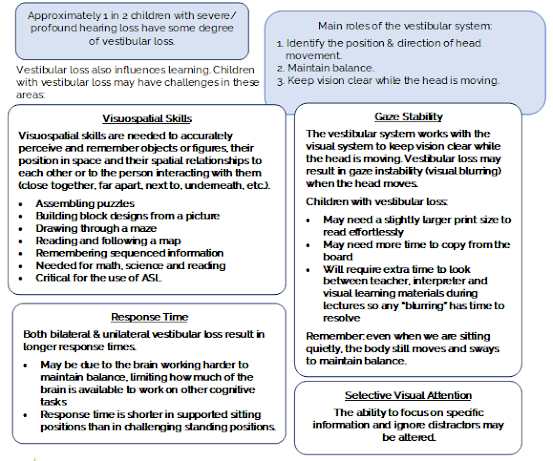The Unexpected Benefits of Virtual Learning
The COVID-19 pandemic has certainly shifted the approach to education. While there have been numerous downsides that students have experienced over the last year, there have been a great deal of benefits that have emerged. While not all of these benefits apply to every virtual education setting, opportunities for enhanced accessibility, inclusivity and overall universal design for learning continue to be on the rise.
- Virtual education means no face coverings to create visual or auditory barriers to access.
- While using a device, students have improved visual access to whoever is speaking—teachers or students. Students can see all peers on screen and view speaking peers in a larger window.
- Video conference platforms have embedded additional accessibility features by offering auto-subtitles and captioning. Teachers have increased the usage of closed captioning on videos.
- Students can directly connect hearing assistive technology to devices and have enhanced access to teachers and students without having to pass around a microphone to each speaker.
- Students have an increased ability to control background noise and visual environment. Students are afforded flexible seating options in remote settings.
- Students are quickly and easily able to ask their teachers questions or for clarification.
- Students have been able to remotely participate and receive services from non-local programs that specialize in deaf education.
- Teacher notes and recorded sessions are digitally available to pause, rewind and view/review multiple times to aid in comprehension. Assignments are posted and available virtually.
- There has been an increase in access to qualified interpreters since location is not a barrier. Students are able to see an interpreter and the educational content in the same visual field. There is also an ease in securing substitute interpreters in the virtual space.
- There are increased opportunities for direct instruction from the teacher of the deaf and hard of hearing—professionals can virtually attend meetings without having to plan for transition time between classrooms or buildings.
- Parent participation in IEP meetings has increased as parents are able to attend on lunch breaks rather than having to take time off of work to travel and attend.
- The use of technology and advanced features sharpens digital, technical, and typing skills.
- Teachers have reported that interactive virtual lessons have increased focus and self-discipline.








